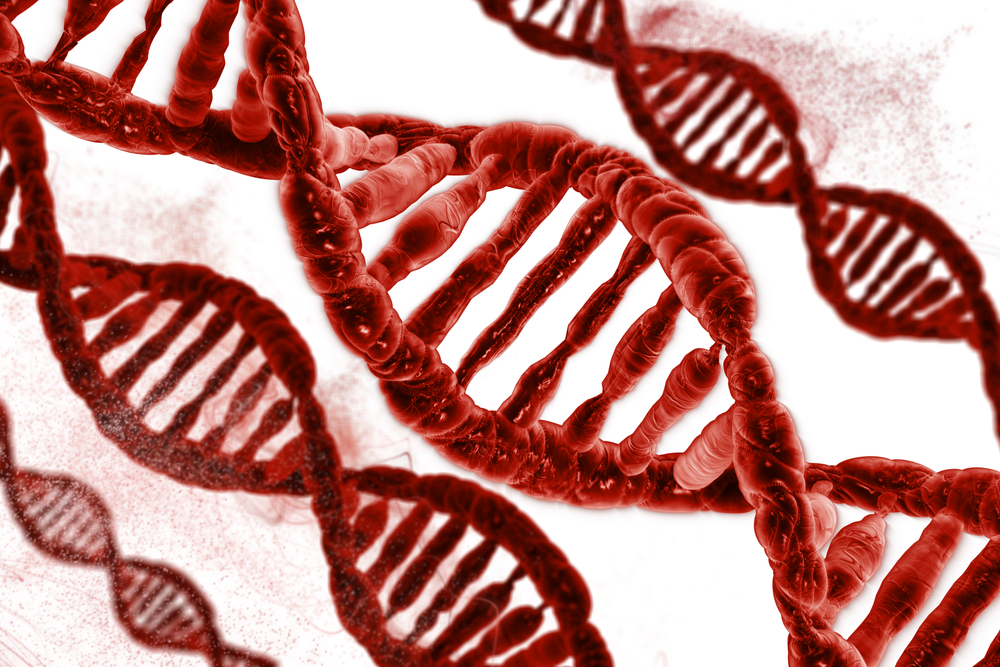DNA, RNA Targeted in Lupus Patients May Decrease Chronic Inflammation, Disease Severity

Improper clearing of dying cells and elevated levels of RNA and DNA in serum are connected to increased chronic inflammation in autoimmune diseases. In a recent study, researchers at Duke University showed that scavenger molecules that feed on the nucleic acids not only reduce chronic inflammation in mice with lupus, but also increase their ability to fight flu.
The study, “Scavenging nucleic acid debris to combat autoimmunity and infectious disease,” published in Proceedings of the National Academy of Sciences, suggests that the clean-up molecules may offer a promising treatment approach for lupus patients.
“This debris left by dead cells can mistakenly signal to the body that there is an infection that warrants immune action, triggering the innate immune system,” Bruce A. Sullenger, PhD, director of the Duke Translational Research Institute, said in a press release. “By selectively targeting the source of the immune activation rather than shutting off the innate immune system downstream, these nucleic acid scavengers are able to limit pathological inflammation without compromising one’s ability to fight a viral infection.”
Autoimmune disorders such as systemic lupus erythematosus (SLE) are characterized by increased production of antibodies against the self-nucleic acids DNA and RNA and their associated proteins, which results in the activation of inflammatory pathways. Current therapies focus on impeding the overactive immune cells but patients become more vulnerable to severe opportunistic infections.
Targeting the free-circulating RNA and DNA using enzymes that degrade the molecules can dampen inappropriate immune activation and improve disease outcome. In the recent study, researchers assessed whether nucleic acid-binding polymers that can act as scavengers could limit the autoimmune-associated inflammation.
The research team observed dramatic therapeutic benefits in mice with cutaneous (skin) and systemic lupus erythematosus upon cutaneous and systemic application of the scavenger polymers, respectively. Then they tested mice to see if the approach also compromised their ability to fight outside infections.
Results revealed that the mice exposed to doses of influenza recovered better than healthy mice that had not undergone nucleic acid scavenger treatment.
“This approach has the potential to treat a wide range of inflammatory conditions – from lupus to diabetes to even obesity,” said Sullenger.





